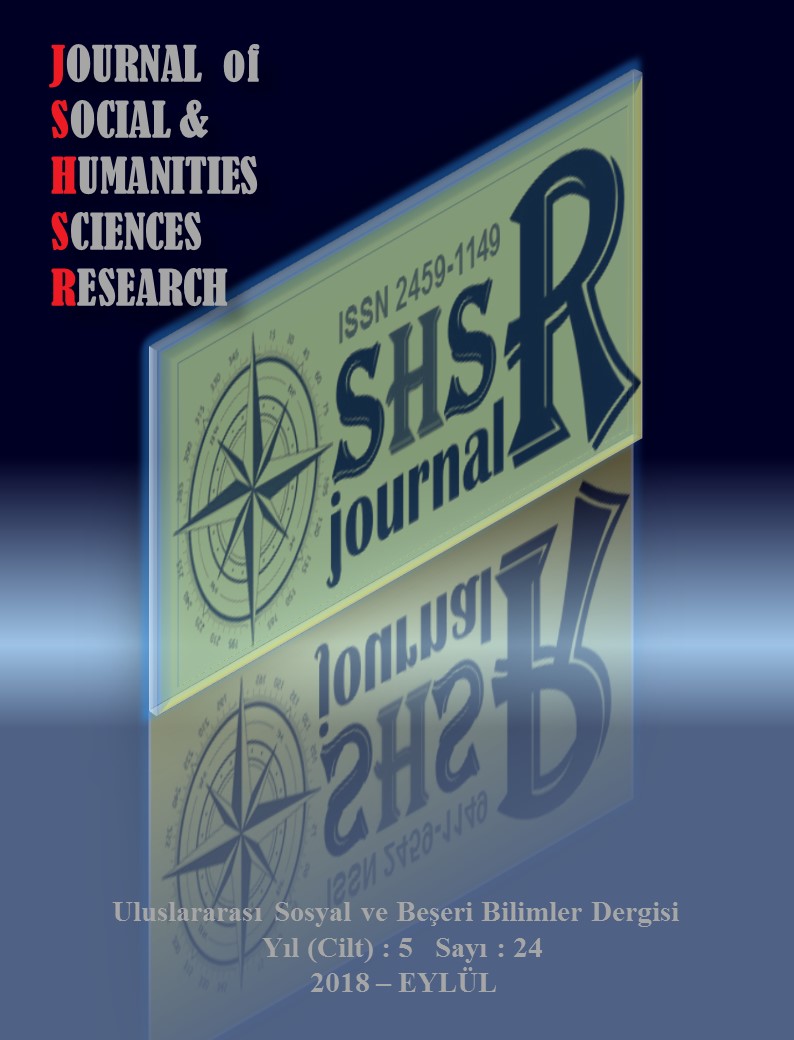AN EVALUATION OF THE SIGNIFICANCE OF TOPKAPI PALACE NO G.I.8 OCTATEUCH MANUSCRIPT AMONG BYZANTINE MANUSCRIPTS
DOI:
https://doi.org/10.26450/jshsr.502Keywords:
Byzantine Period, illustrated manuscript, Topkapi Palace G.I.8, Octateuch, Old TestamentAbstract
The aim of this study was to make an evaluation of the Illustrated Octateuch Manuscript registered as No: G.I.8 in Topkapi Palace Museum Library. In addition, the present state of the Manuscript was addressed and the findings were summarized.
The Manuscript is known to have been produced in Constantinople (Istanbul) in the 12th century. Written in miniscule, the three-volume Manuscript consists of 569 folio containing Old Testament in Greek and 301 illustrations. It contains many illustrations of different styles. Illustrations that share similar features were grouped into 8 styles (A, B, C, D, E, F, G and H). Some of the illustrations seem like they might have been repaired. Examples of manuscripts of different periods were examined to better understand the developmental process of the illustrations changing throughout the Manuscript and to determine the periods of repair.
Comparisons show that the illustrations in Topkapı Palace G.I.8 are the same as the stereotypical iconographic programs observed in the illustrations of the 11th and 12th centuries, and that some of the illustrations were repaired, while maintaining their original integrity, during the Palaiologos period in the 14th century
Downloads
Published
How to Cite
Issue
Section
License
Copyright (c) 2018 INTERNATIONAL JOURNAL OF SOCIAL HUMANITIES SCIENCES RESEARCH

This work is licensed under a Creative Commons Attribution 4.0 International License.


